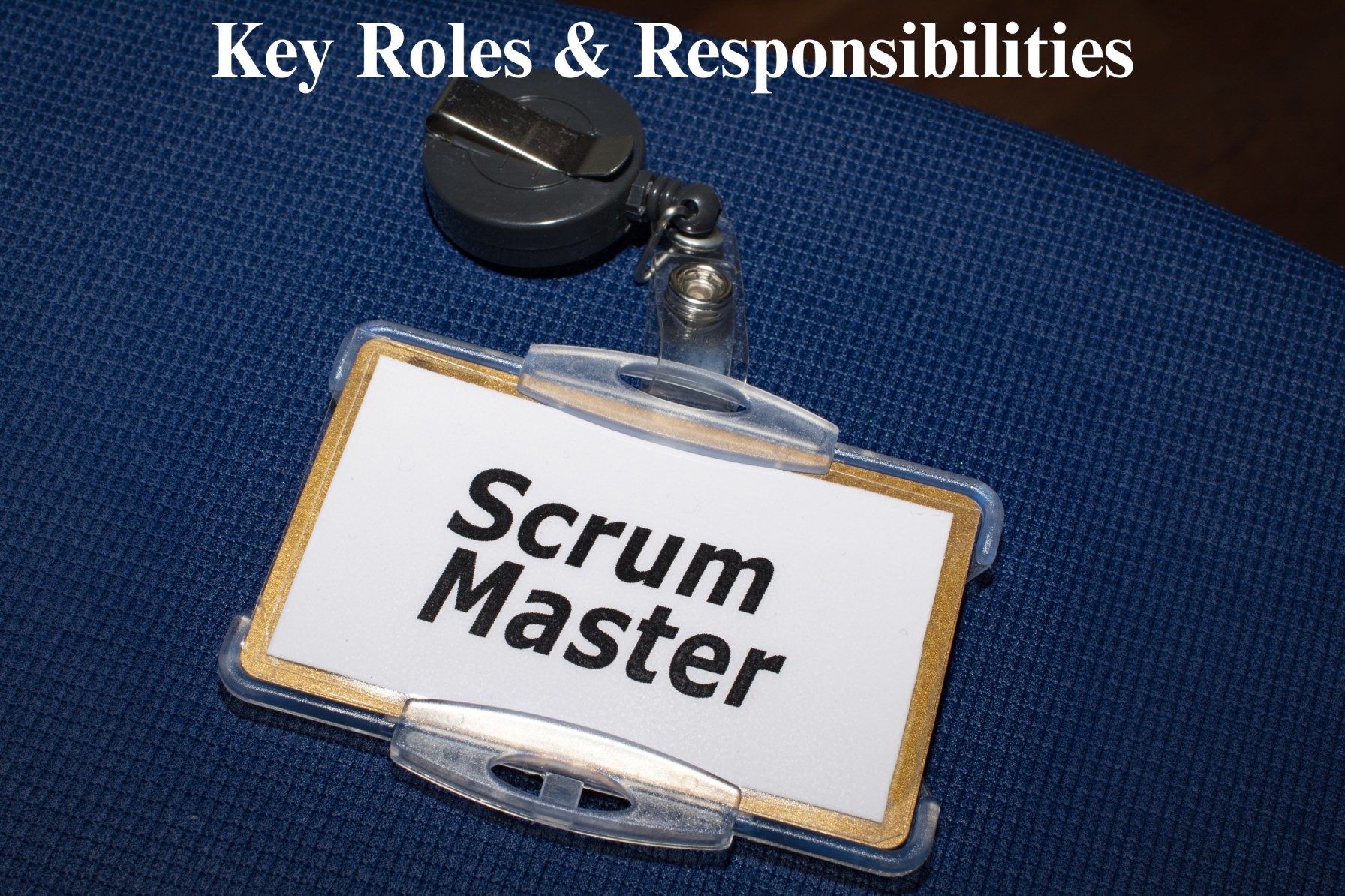The Daily Scrum — Safe place for Agile Teams

The Daily Scrum
Safe place for Agile Teams
 Do you get these responses when you ask Agile Team about why do they attend daily scrum?
Do you get these responses when you ask Agile Team about why do they attend daily scrum?
“I am here to find out what my tech lead wants me to work on.”
“I am here as I can’t say NO to this invite.”
“I am here to just let everyone know my progress.”
“I am here to update the scrum master.”
Not a nice place to be in, if you get such responses. What do you tell these Agile Team members, when you thought everyone knows why they do daily scrum. As a coach, when helping Agile Teams achieve their goals, does it become your goal or theirs to make a daily scrum effective? Do you think running a training with the Agile Team will motivate them to change?
Well, what I say next might not be the approach many take but might be helpful for some. Over years, my approach how I deal with these situations has changed.
6 Ways used to Change the Behavior to Become Scrum Master
I will list down 6 ways which I have used to change this behavior:
1) Observe, observe and observe:
Before even trying any technique, observe closely on what is going on in daily scrum. What are you really observing? Stand out of the Agile Teams and check Agile Team dynamics,
a) How active is everyone in listening
b) Check how people react when other Agile Team members are speaking
c) What is the Agile Team talking about, i.e, is it going in too much technical details
d) Who is being addressed when Agile Team members speak
e) And the key one these days, is anyone busy on a smartphone
How does that help? Before even taking a step to find a solution, understanding the root cause helps. Formulate your coaching stance based on your observation. Also, gather information from your Agile Team. At the end of daily scrum, ask the Agile Team to tell one thing that would have made the daily scrum more effective that day?
2) Take the facilitator out of the equation and make everyone accountable:
Agile Team starting their journey may need a facilitator but try to get them out of the system as soon as possible.
But isn’t someone responsible to run daily scrum? I would say No, daily scrum is an event for the development Agile Team, by the Agile Team and for the Agile Team. By taking the facilitator out of the equation, Agile Team becomes accountable to each other and not to the facilitator.
You will need to coach the Agile Teams in the beginning. Stand in a circle, use a whiteboard or an electronic board, ask the person to nominate the next person, get together in a room etc. These are some of the things that can be tried. Introduce these rules by doing it, rather than asking the Agile Team to do it, and the Agile Team will start mimicking your way. Move away from the Agile Team’s circle with each passing day and let them run the show.
3) Try pair updates:
To ease out the dynamics and to get everyone engaged, try bringing in pair updates. Get Agile Team to update in in pairs, where one updates what the other did yesterday and where are they with it. This requires everyone to be actively listening on what others are planning to do that day. Keep it open for people to fill in the missing details.
For first few days there can be awkward silence but don’t intervene, let the Agile Team fill in the silence. You should see, Agile Team members speaking up, focused on what others are saying, engaging with each other, reducing fear of conflict and not just co-operating but collaborating.
4) Bring in a buzzer and hand it over to the Agile Team:
To have everyone respect the timebox, get the Agile Team build in accountability. Give the buzzer to the Agile Team and let them buzz it if anyone is going too much in details. Some might think it will create conflicts but coach the Agile Teams to stay back and discuss it further if people are interested. Keep a check that the buzzer is not used to to buzz out someone creating conflicts.
You can also use a speaking object, where only the person holding it is allowed to talk. The object will need to be passed on the next Agile Team member to speak.
You should see Agile Team members keeping each other accountable reducing conflict within the Agile Team.
5) Try emotional check-ins:
How are you feeling today? I am not sure if we discuss or tell this everyday to our Agile Teams. Emotions drive our behavior and talking about it really gets Agile Team to open with each other. I used pictures of cats and dogs with different expressions (funny ones) and asked the Agile Team to pick one before they start the daily scrum. And as they start, they tell which emotion does that picture represent. Brings in honest conversation within the Agile Team and you should observe more unity and feeling of oneness.
6) Have fun:
Last but not the least, have fun. Don’t try to make your daily scrum a routine activity. Use different ways to start: alphabetically by your surname, number of years with the organization, last one goes first, etc. This one activity at the start of the day can motivate the Agile Team for the rest of the day.
These techniques can be used to resolve the dysfunctions of the Agile Team (as described by Patrick Lencioni) and in turn resolves the dysfunctions of the daily scrum.
Hope this is helpful and feel free to add on to this if you have more ideas around this. Please let me know your tips and tricks to make the Daily Scrum more awesome.
Popular Tags
scrum master, scrum master what is, scrum master training, scrum master course, scrum master skills, scrum master benefits, agile team training, agile team values, agile team of teams










